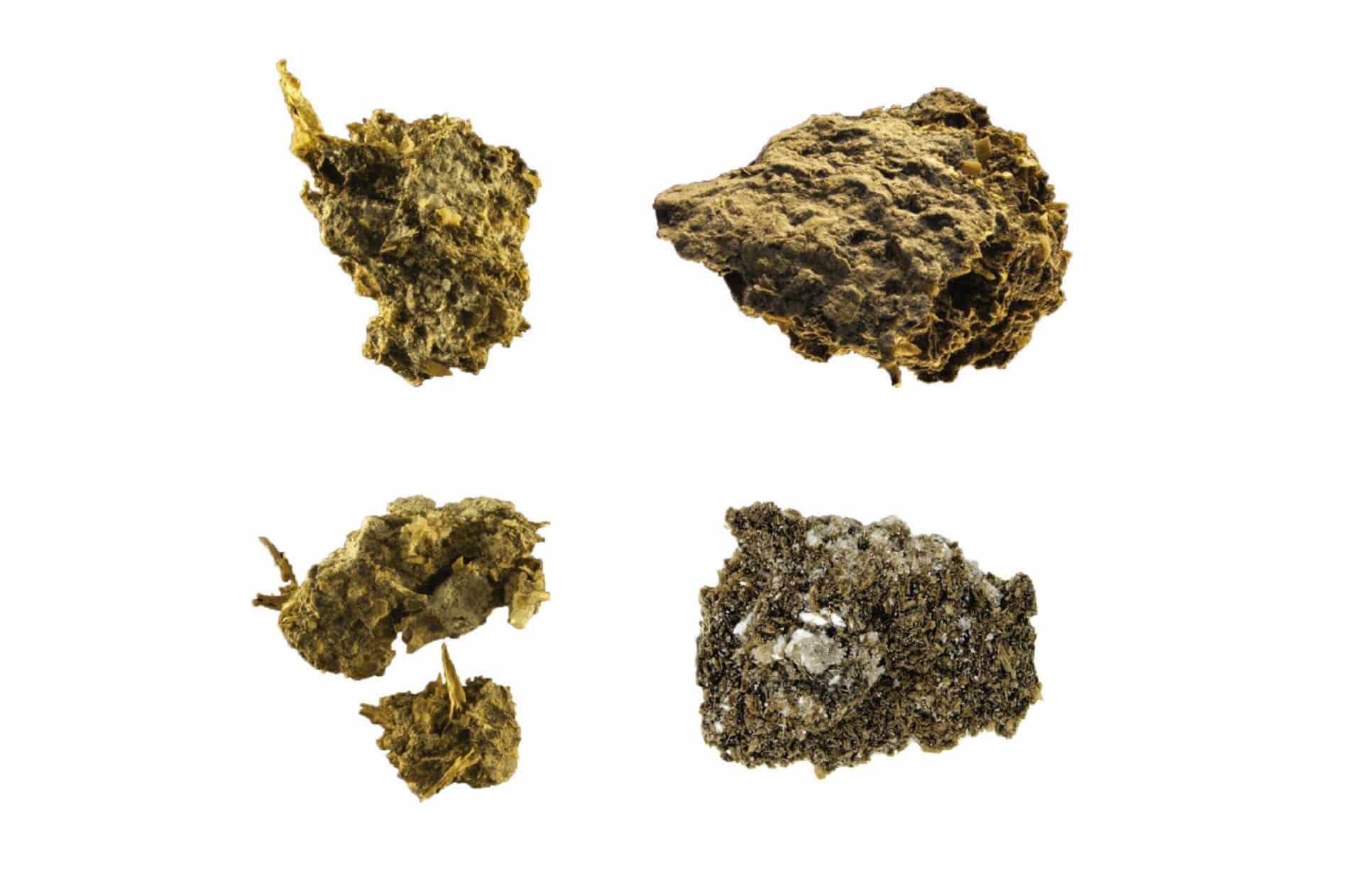A study of paleofeces in prehistoric salt mines in Austria suggests that miners drank beer and ate blue cheese 2,700 years ago.
Researchers studied ancient fecal samples from the prehistoric salt mines in the Austrian UNESCO World Heritage area of Hallstatt-Dachstein/Salzkammergut, in which the team found evidence of two fungal species used in the production of blue cheese and beer.
Frank Maixner of the Eurac Research Institute for Mummy Studies in Bolzano, Italy said: “Genome-wide analysis indicates that both fungi were involved in food fermentation and provide the first molecular evidence for blue cheese and beer consumption during Iron Age Europe”.
In a study published in the journal Current Biology, the researchers used in-depth microscopic, metagenomic, and proteomic analyses—to explore the microbes, DNA, and proteins that were present in the fecal samples.
Kerstin Kowarik of the Museum of Natural History Vienna said: “These results shed substantial new light on the life of the prehistoric salt miners in Hallstatt and allow an understanding of ancient culinary practices in general on a whole new level. It is becoming increasingly clear that not only were prehistoric culinary practices sophisticated, but also that complex processed foodstuffs as well as the technique of fermentation have held a prominent role in our early food history.”
Their dietary survey identified bran and glumes of different cereals as one of the most prevalent plant fragments. They report that this highly fibrous, carbohydrate-rich diet was supplemented with proteins from broad beans and occasionally with fruits, nuts, or animal food products.
In keeping with their plant-heavy diet, the ancient miners up to the Baroque period also had gut microbiome structures more like those of modern non-Westernized individuals, whose diets are also mainly composed of unprocessed food, fresh fruits and vegetables. The findings suggest a more recent shift in the Western gut microbiome as eating habits and lifestyles changed.
When the researchers extended their microbial survey to include fungi, that’s when they got their biggest surprise: an abundance in one of their Iron Age samples of Penicillium roqueforti and Saccharomyces cerevisiae DNA.
“The Hallstatt miners seem to have intentionally applied food fermentation technologies with microorganisms which are still nowadays used in the food industry,” Maixner says.
The findings offer the first evidence that people were already producing blue cheese in Iron Age Europe nearly 2,700 years ago. In ongoing and future studies of the paleofeces from Hallstatt, they hope to learn more about the early production of fermented foods and the interplay between nutrition and the gut microbiome composition in different time periods. Find out more





